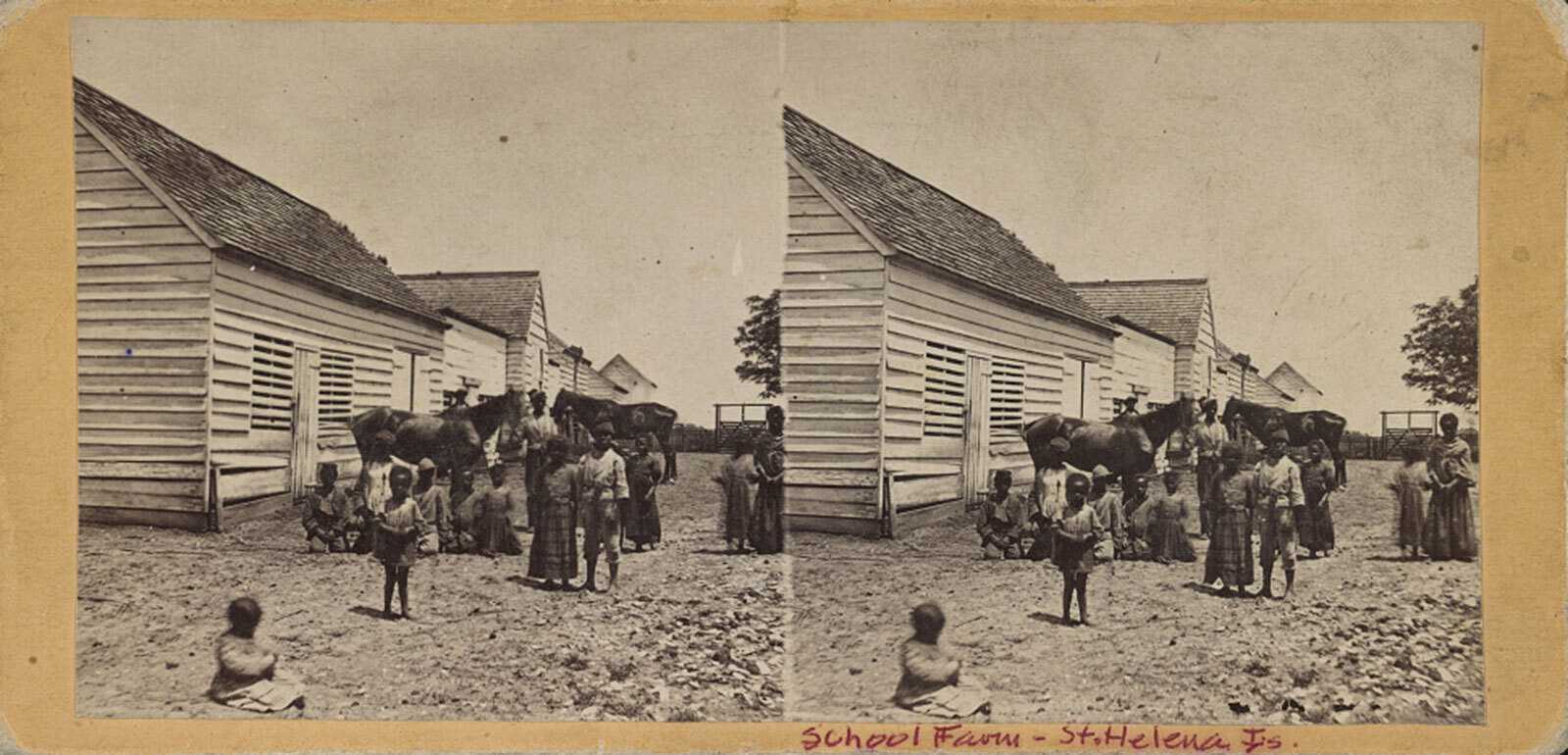Chapter 4
Life & Work
African Americans who endured slavery created cultures instilled with wisdom, beauty, and vitality. Living a dual life—one of hardship and one of community and faith—enslaved people turned their focus towards family, knowledge, neighbors, and joy, wherever it might be found. They found pleasure in a job well done, a child well-loved, a song, a story, or a gathering that rejuvenated the soul. Life was more than enslavement.
To Grow
Children on St. Helena Island, South Carolina, 1800s
The first memory of most children growing up during slavery was the love of their family. Many also recollected the moment when they realized that they were vulnerable. Often they were too young to fully understand this danger. A friend of theirs would disappear, having been sold; a family member would be whipped in front of them; or they would simply not see their loved ones often enough during the long day.
Life
Marbles, ca. 1860
Enslaved children worked full-time, but they also found time to play games. Anything could become a toy—a corncob became a doll, and clay became marbles. Adults told folktales about characters like Brer Rabbit, an African-inspired trickster whose adventures undermined slavery and showed that even the smallest person could outsmart their opponents.

I was the nurse there for them children. Never like it but I had to do it . . . I wuz just a child then.
Eugenia Woodberry, 1937
Work
Child Holding Young Enslaver
Enslaved children began working as early as age five or six. In the fields they weeded plants, carried water, and watched cattle. Indoors, they swept, made beds, and tended to babies barely younger than themselves. Children were in constant fear and with good reason. Over 50 percent of African Americans sold during slavery were under age 15.
Enslavement
Most children’s loved ones worked in the fields all day and were unable to care for them until after sunset. Estella Jones remembered. . .

They had one old woman to look after us and our something to eat was . . . put in a big wooden [trough] and they gave us oyster shells to eat with.
Estella Jones
